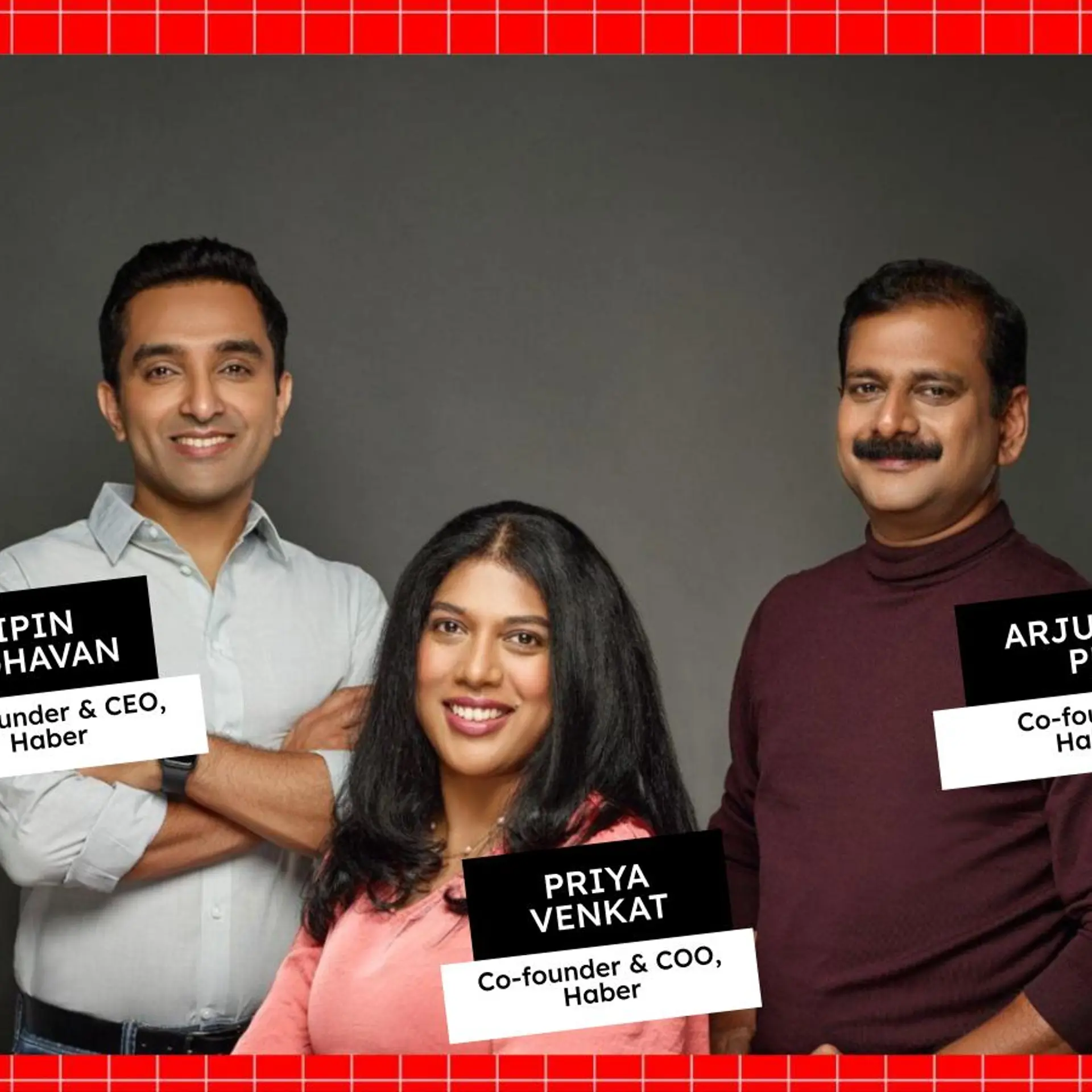
Day in an out, we all read news about patent wars going on between big corporations. Diaper, Razor, Drugs, and Smart-Phones, all of these products have been part of big patent wars. Getting an idea excites us to get a patent at the first place and be called inventor by the society. Though, you must know certain things about patents before using its protection mechanism. Many of us know some or the other point in this list of five, but we have observed that startups and medium sized firms miss to act upon at least two of them.Three requirements for patent – An invention needs to be novel, non-obvious, and useful for government to grant a patent to the inventor. For novelty, the invention must not be published or known anywhere in the world. For non obvious, the invention must not be obvious to the person skilled in the art. In India, we also have two additional alternative criteria for non-obviousness namely technical advancement and economical advantage. This is the trickiest part to ascertain. Lastly, for usefulness, In India we have a criterion of industrial applicability.
Tip: Always conduct a prior art search to search for existing patents before deciding on filing a patent application or even starting a research pursuit in that direction.
Country-Wise patents, no International patent – Patent Rights are jurisdictional in nature, there is no international patent. This implies that if you get a patent in India, the rights of patent are extended only to the states of India. What does this mean? Anyone can make, use, or sell a product covering your patent anywhere else in the world but India without taking your consent or giving you royalty. Though, he or she cannot file a patent in say United States because your published patent has destroyed novelty for his patent application in the United States.
Tip: Always file patent in countries where your manufacturing or sales operations are conducted and also in countries where your possible competitors’ are located.
No sale or disclosure before filing a patent – As previously discussed, the invention must not be published or known to anyone before filing a patent. Accordingly, pre-mature disclosure of invention to a third party will prevent you from getting a patent. Similarly, selling your product covering the patent or even an offer to sell (quotations and product brochures) will prevent you from getting a patent.
Tip: Maintain a policy with your research, engineering, marketing and sales team to not disclose the invention to anyone either by publication, article, blog, or a sales quote. Also, have a sample non-disclosure agreement ready in case disclosing the invention to someone is required for the business.
Filing cross-border patent applications within one year – Once you have filed a patent application say in India, you only have one year to file a patent application in any other country or a group of countries. After one year, you lose the right of priority and thereby right to file a patent. You can choose two routes. First route known as convention country application route is to file patent applications in all desired countries within one year. Problem with this approach is tiresome efforts in filing different applications in different countries in just one year, and to top that, getting financial support for say 4-5 different country patent applications in less time. Second route is known as PCT (Patent Cooperation Treaty) application route wherein you file a PCT application within one year and get an extra 18-19 month window to file patent applications in other countries. Disadvantage being extra cost involved in PCT application, though it comes with various advantages. To start with, you buy in extra time followed by time to arrange financial help rather than pushing it in one go. Also, by that time, your business is clear enough to judge which all countries to choose for a patent protection. Lastly, if the search report for PCT application is positive for patentability, chances of grant in other countries increase with increased speed of grant process.
Who is the inventor & who is the owner of the patent? – It is very important for start-ups to own their intellectual property. Employment agreements must clearly state that all intellectual property of employees made during work is property of the employer. While filing a patent application, the true inventors of the patent must be named accordingly, though assignee of the patent must be the employer by virtue of an assignment.
In research collaboration projects with third parties, always make sure that you have an Intellectual Property clause clearly defining who owns what Intellectual Property in the research pursuit, rather than fighting it out later in the courts.
These items are pretty easy but MSMEs always forget to act upon them. Save this list!
About InnovAccer
INNOVACCER (Innovation Accelerated) is an innovation management and acceleration company focused and dedicated to provide high quality innovation management services to accelerate every step of an innovation life-cycle. InnovAccer was founded with a vision of people in the fields of Intellectual Property, Business Innovation, and Technology to change and accelerate the creation of innovation ecosystem in India. InnovAccer’s team comes from a varied background of engineers graduated from IITs, intellectual property specialists graduated from Franklin Pierce Law Center, USA, analysts, statisticians, and business innovation experts.
Website: www.innovaccer.com






